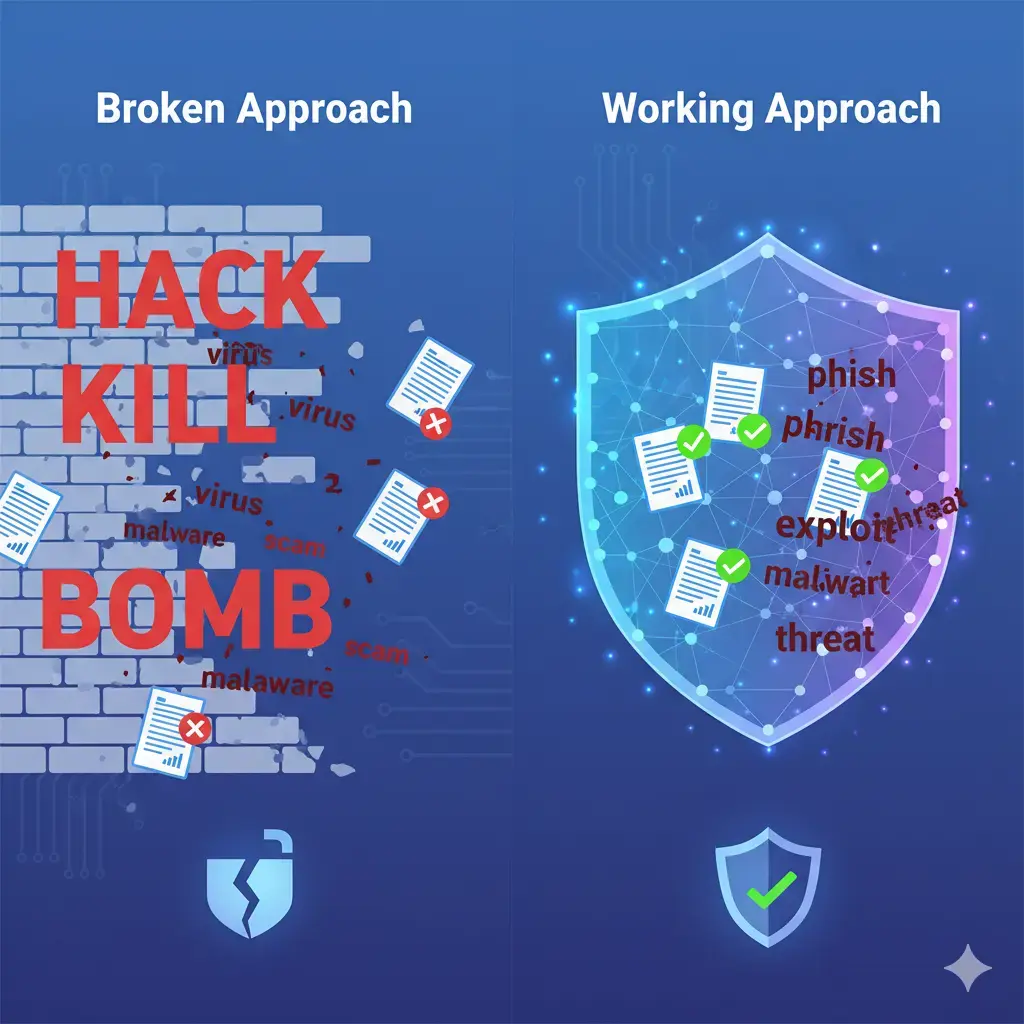
AI Safety Tools Are Broken. Here's What Actually Works
Why most AI safety approaches are fundamentally broken, and what I discovered te…
With almost half of the Global 2000 now evaluating the migration of thousands of applications over the next five years largely due to licensing changes with the Broadcom acquisition, organizations are seeking ways to avoid being held captive by restrictive licensing agreements. This shift is more than a technical undertaking; it is a test of organizational agility, coordination, and innovation.
The outcome of this challenge can either strengthen unity across teams or exacerbate existing fractures. With the right approach, a migration can become a success, aligning developers, operations teams, and executives toward a shared objective. This article examines how organizations can cultivate a culture of collaboration to achieve genuine autonomy and sustainable innovation.
Licensing extortion can manifest when a vendor leverages its market power and proprietary technology stack to demand high fees or lock customers into rigid contracts. When faced with major acquisitions like Broadcom’s purchase of a VMware, customers can become vulnerable if:
To avoid being held captive, enterprises must focus on people and culture as much as technology. Here’s how to foster a collaborative community that supports migration freedom:
Big-bang transformations often fail because they overwhelm teams. Instead, identify a single application or process to migrate or modernize. Demonstrating quick success helps build trust, proves the viability of open or alternate platforms, and galvanizes community support.
A fragmented organization allows licensing extortion to thrive, as it’s easier for vendors to exploit knowledge gaps. Combat this by establishing:
Fear-based cultures typically emerge when leadership emphasizes punishments over rewards. Instead:
Traditional, top-down mandates, “We must switch platforms now!” often fail because they ignore the human element. A mandate without context or empathy can breed resistance. A community-based model, on the other hand, ignites collaboration by:
Implementing community-centric principles is easier with the right frameworks:
A global financial services firm found itself facing steep licensing renewals post-acquisition. Rather than renewing on onerous terms, they launched a grassroots movement:
The Broadcom acquisition has pushed nearly half of the Global 2000 to reassess their technology stacks and licensing agreements. Migration should not be viewed as a burden or a "dirty word," but rather as a powerful opportunity to unite teams, drive innovation, and embrace positive organizational change.
This is a pivotal moment for organizations to redefine their strategies and prepare for a future of agility and resilience. By approaching migration as a collaborative effort, celebrating shared achievements, and aligning incentives across teams, businesses can turn challenges into opportunities for growth and transformation.
Key Takeaways:
Next Steps:
Shift the conversation from avoiding vendor lock-in to embracing migration as a strategic initiative. Engage cross-functional teams in discussions about transformational programs, explore alternative solutions, and cultivate a culture of shared purpose and knowledge. By doing so, migration becomes a stepping stone toward autonomy, innovation, and sustainable success.
When your enterprise is powered by a strong community of collaboration, you hold the negotiating power, no matter who’s behind the next acquisition.
Looking to engage with peers in a discussion facilitated by an unbiased third party? Register now for our next roundtable!

Why most AI safety approaches are fundamentally broken, and what I discovered te…

Why the headline about 95% of GenAI pilots 'failing' is misleading and what orga…

Build an AI-powered email assistant that gathers context from your calendar, doc…
Get a shared vocabulary of proven Transformation Patterns, common Anti-Patterns, and Paradigm Patterns to have more effective, data-driven conversations about your strategy and architecture.
For a personalized starting point, take our free online assessment. Your results will give you a detailed report on your current maturity and suggest the most relevant patterns to focus on first.
Every Tuesday, we deliver one short, powerful read on AI Native to help you lead better, adapt faster, and build smarter—based on decades of experience helping teams transform for real.